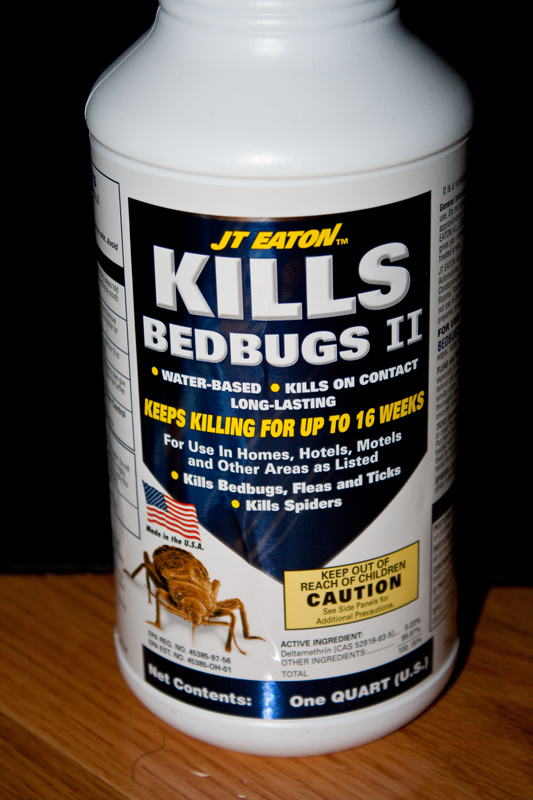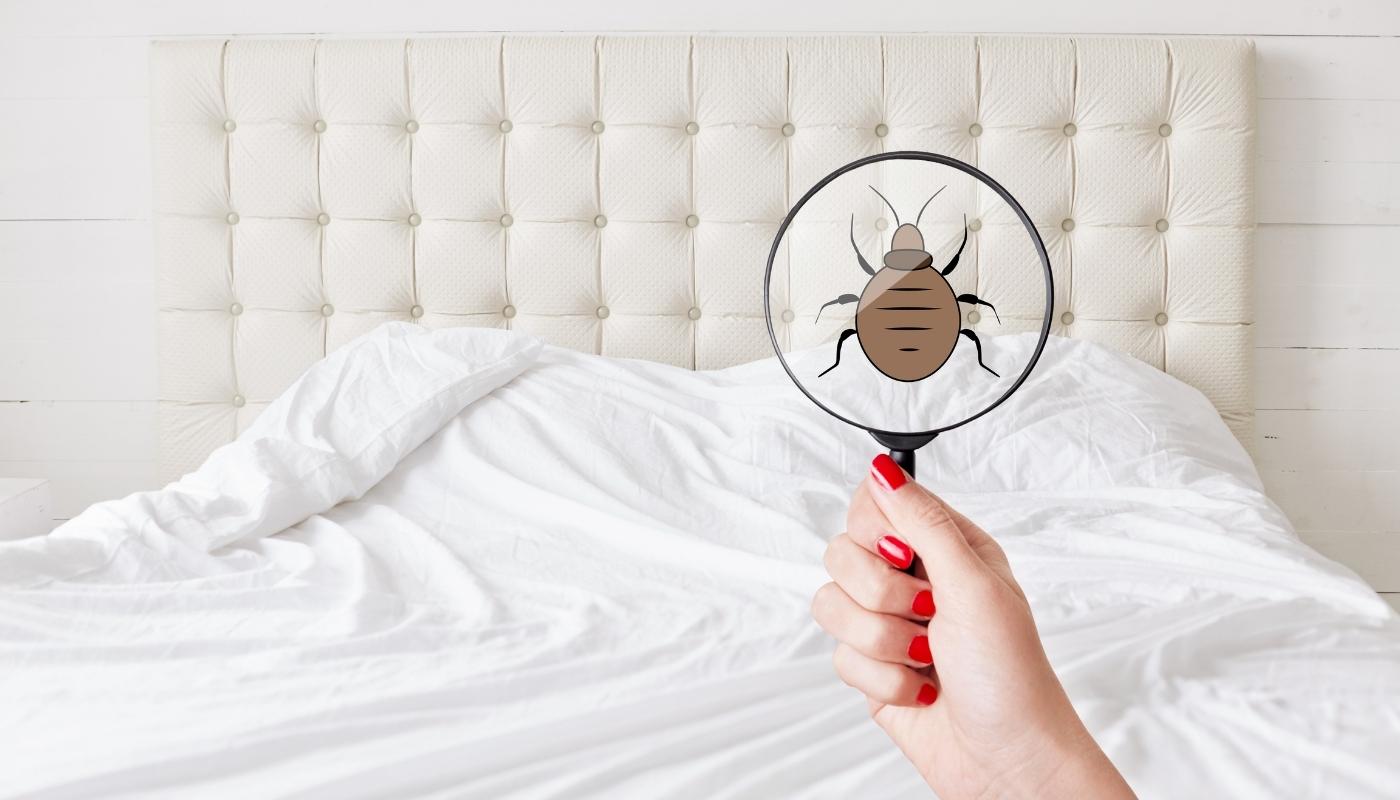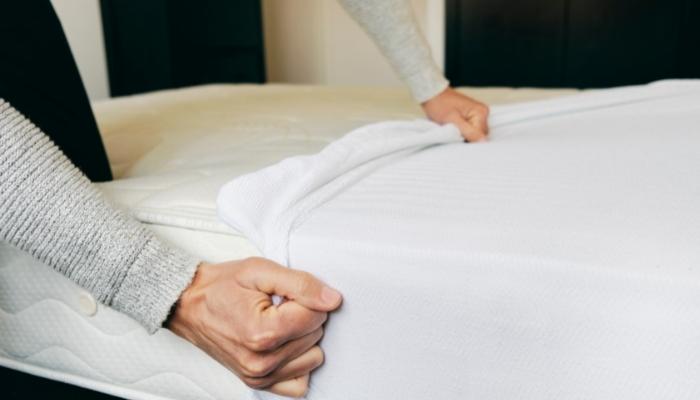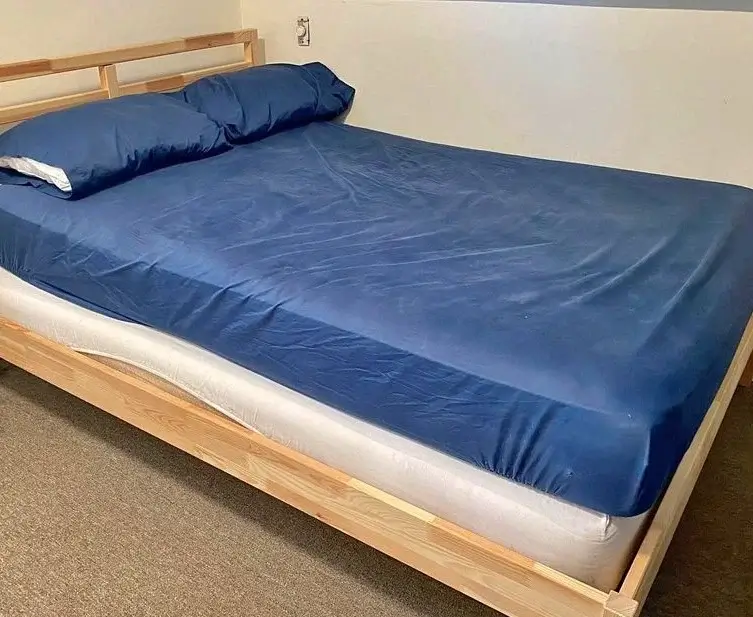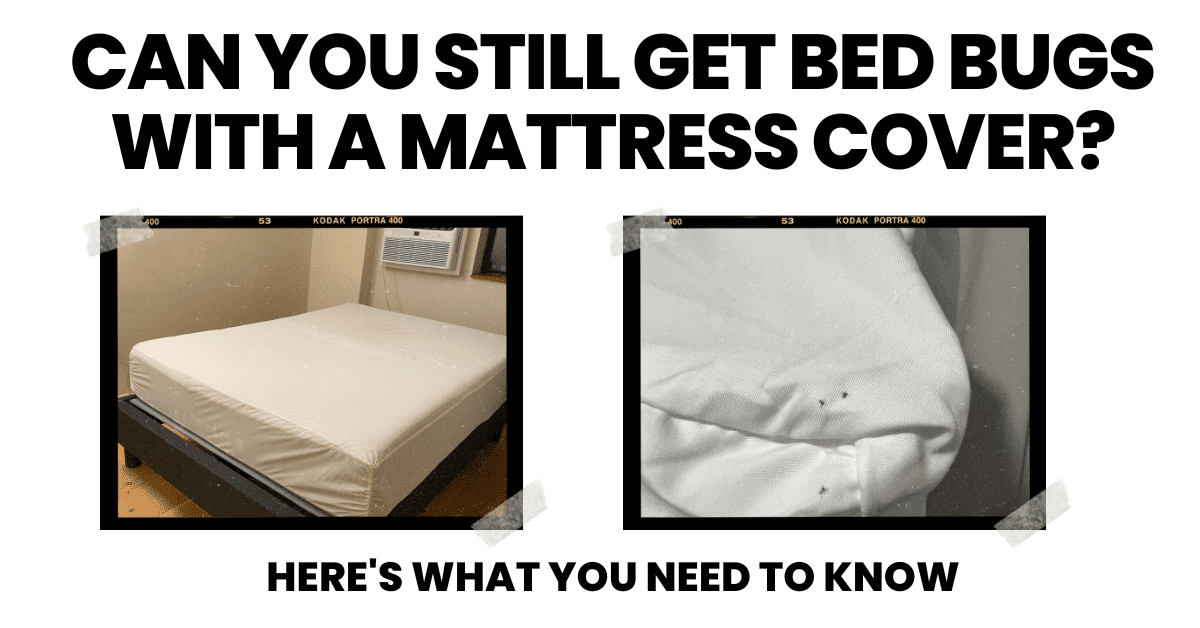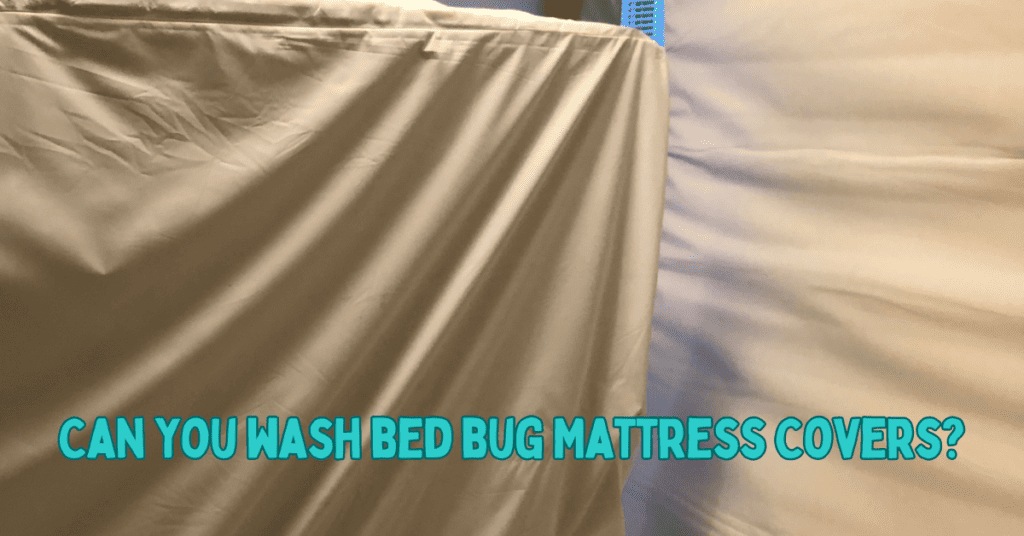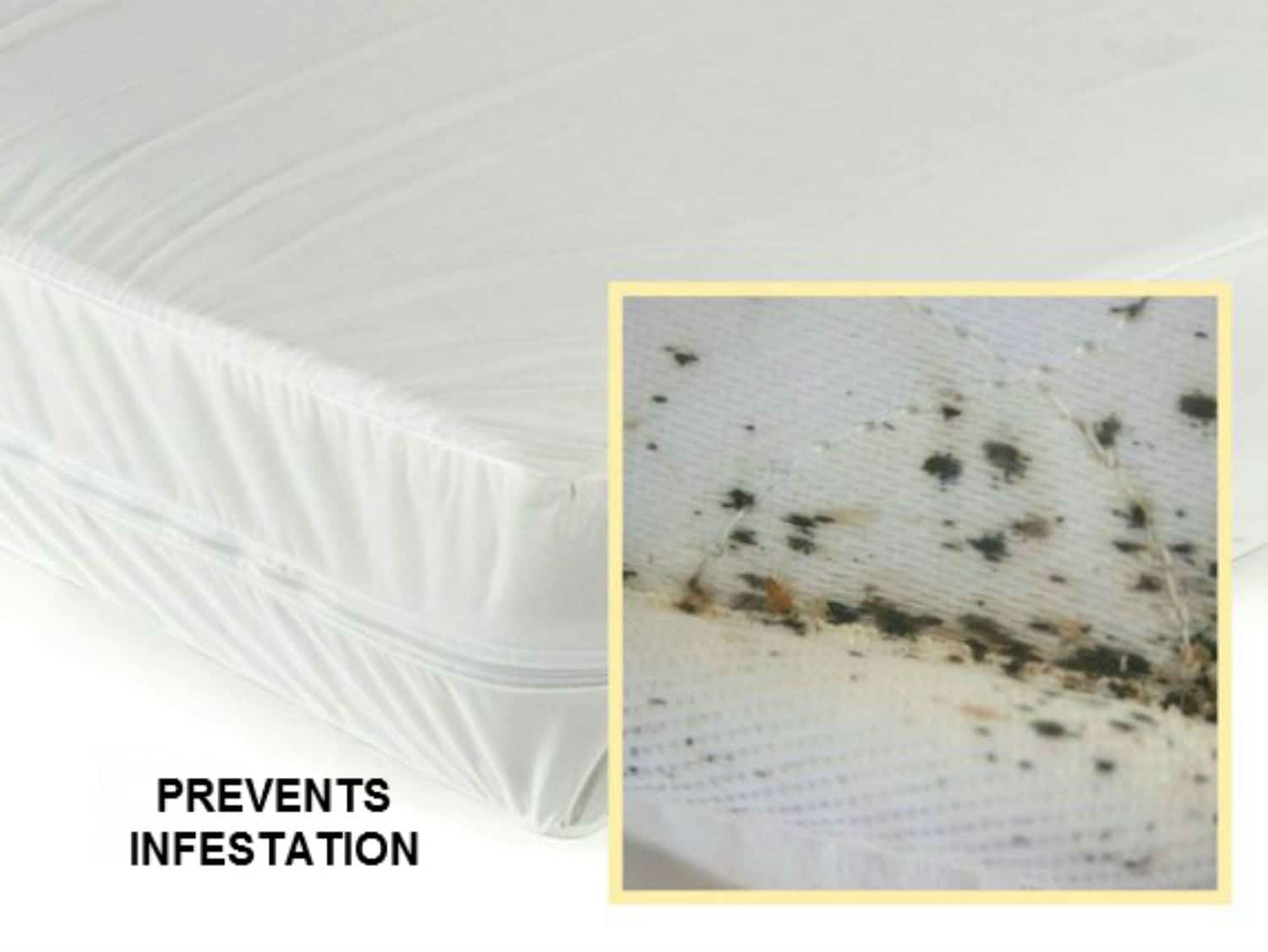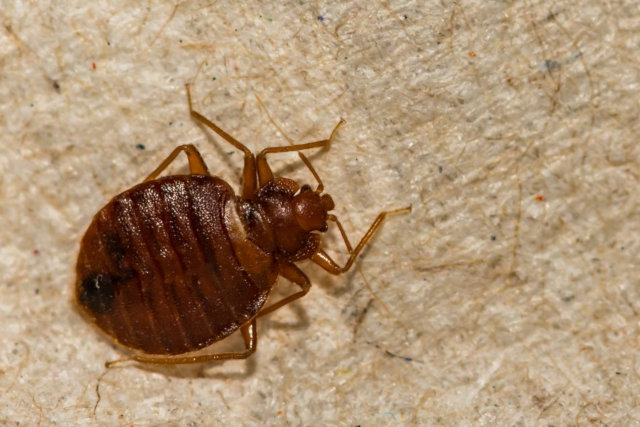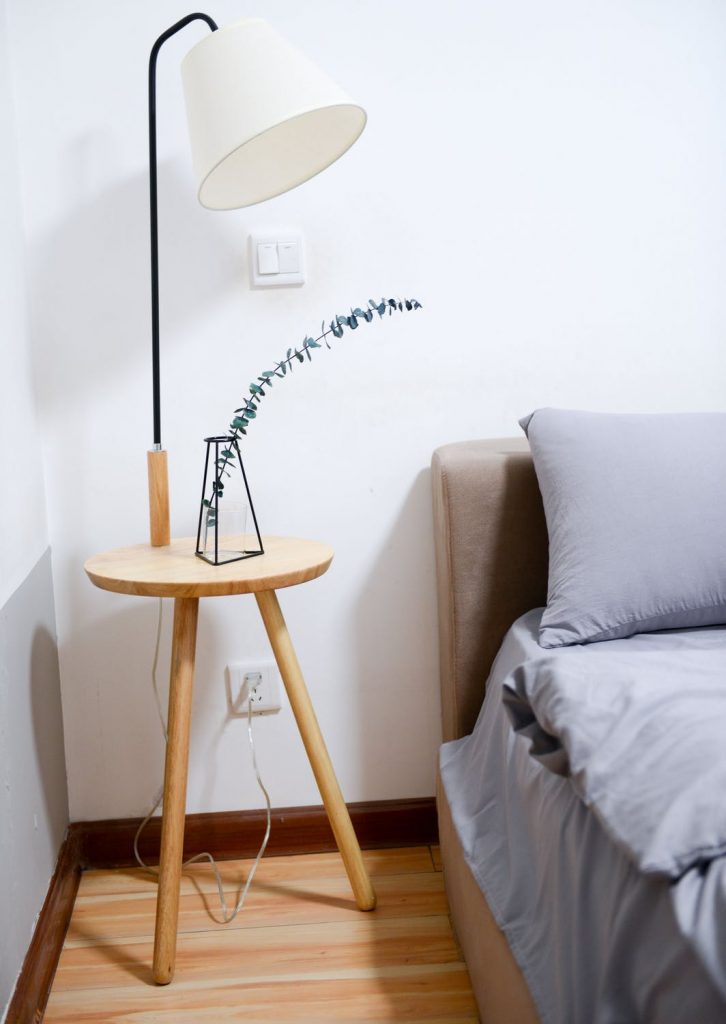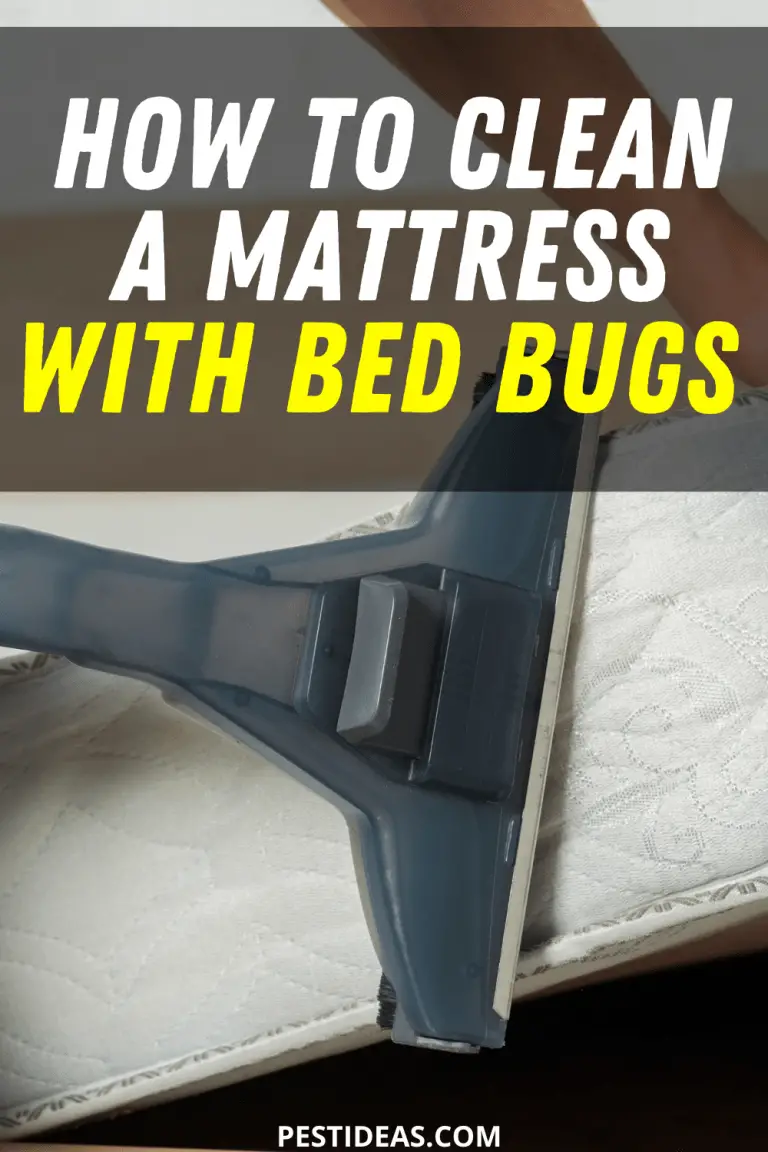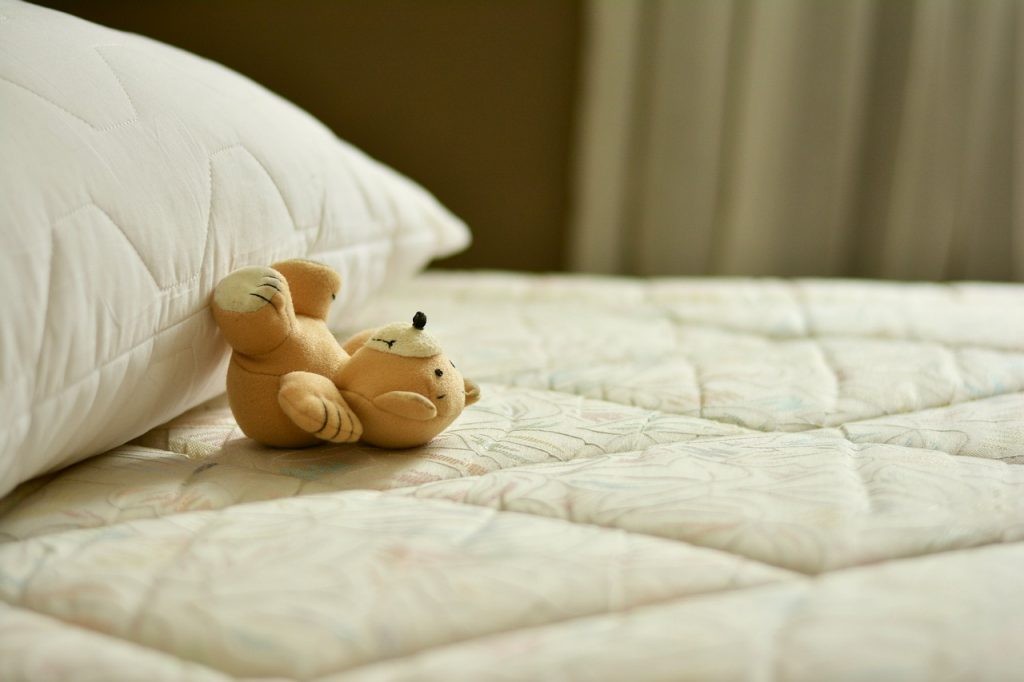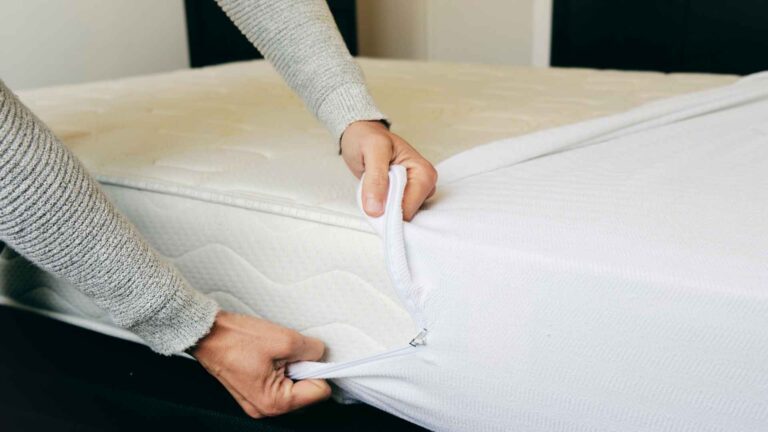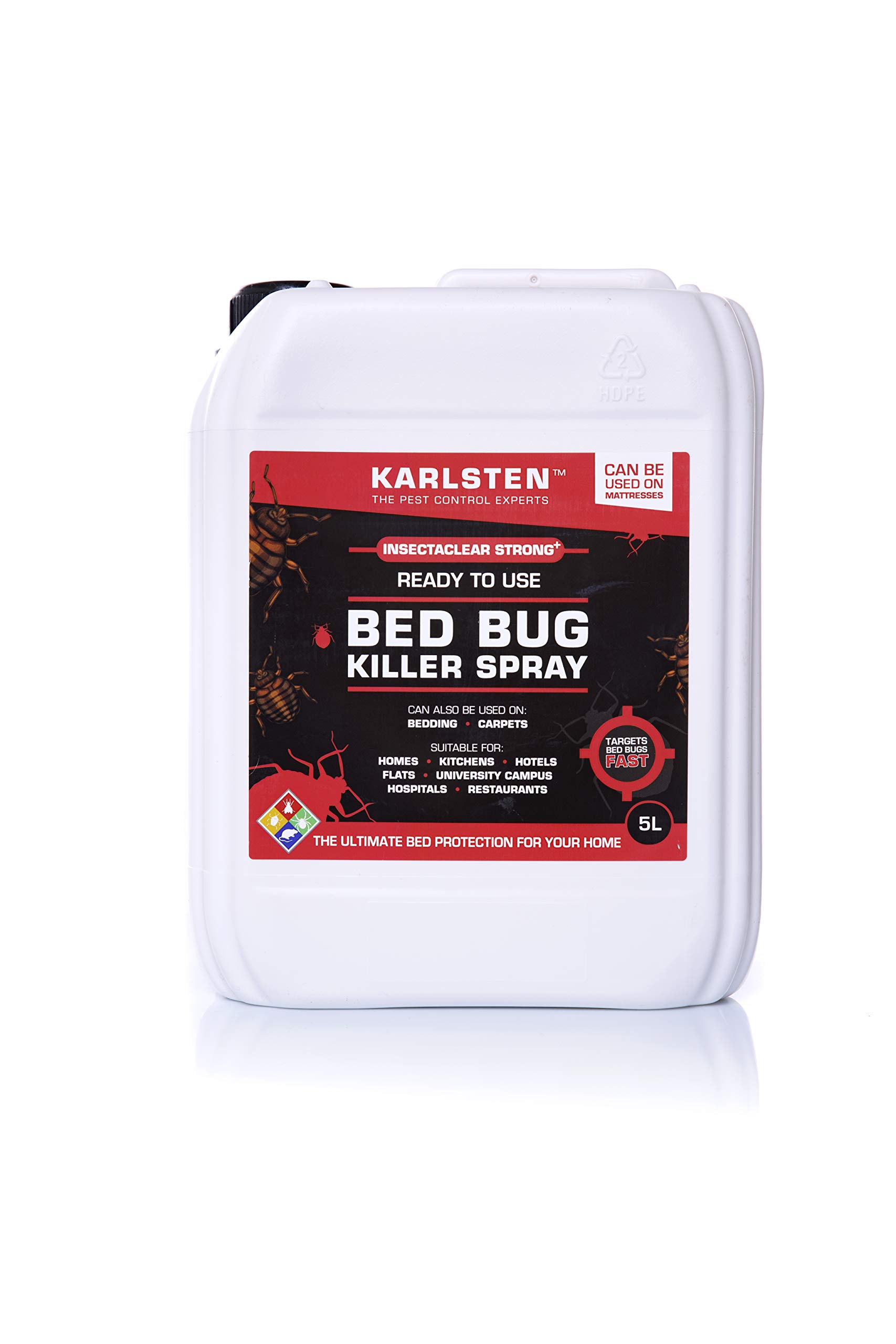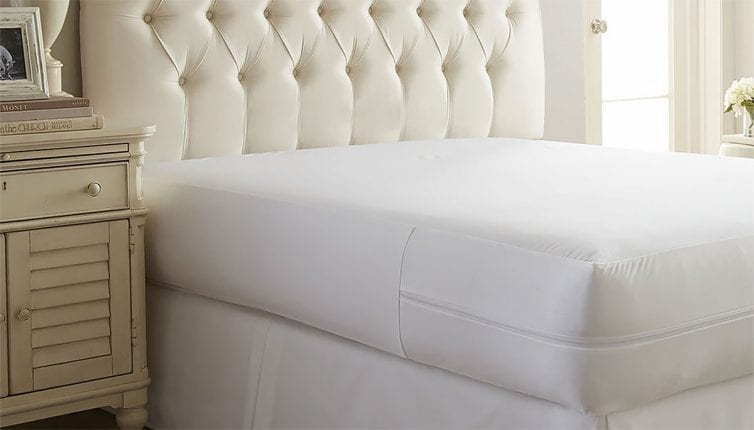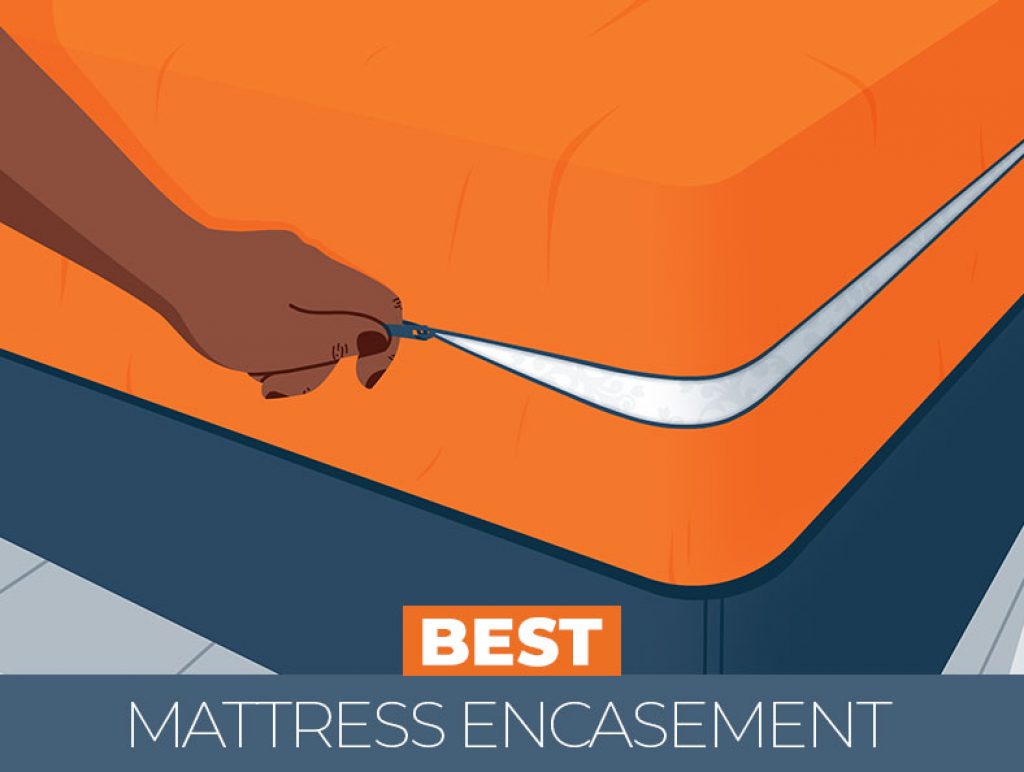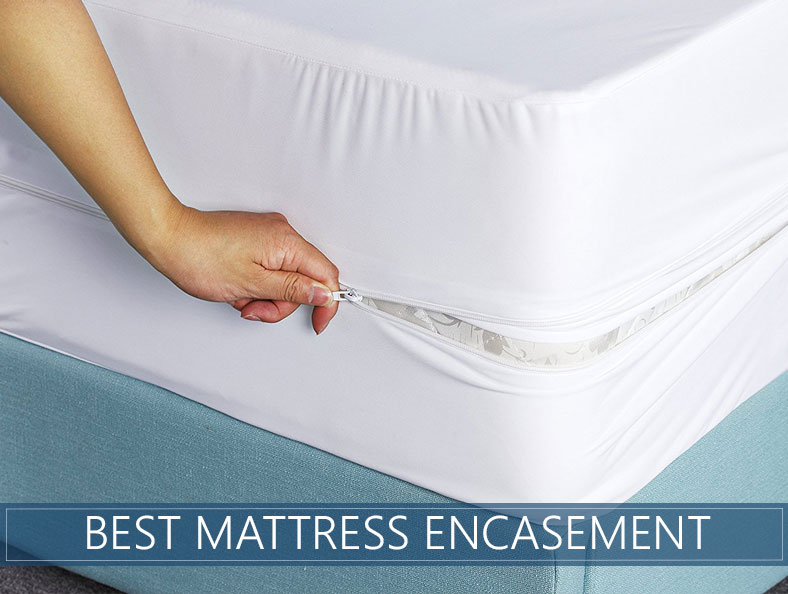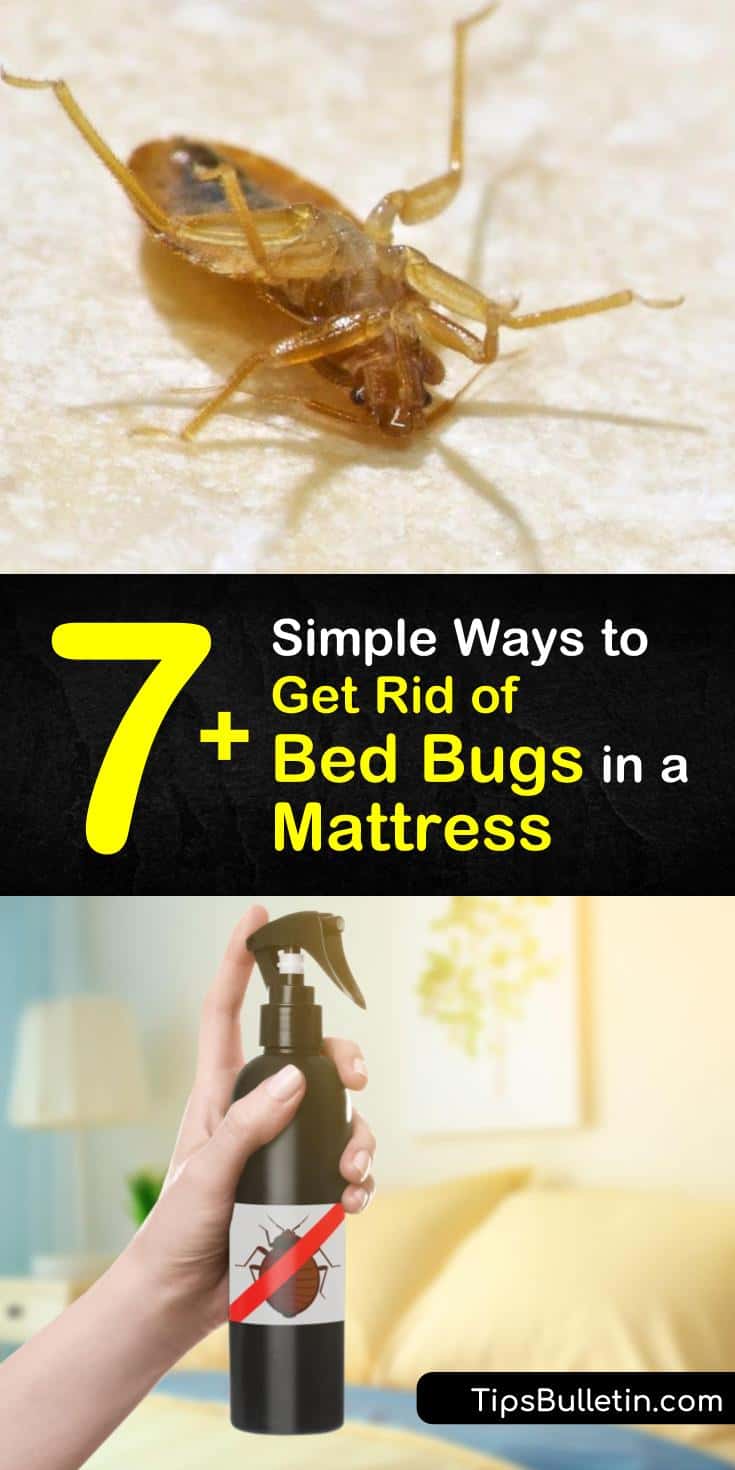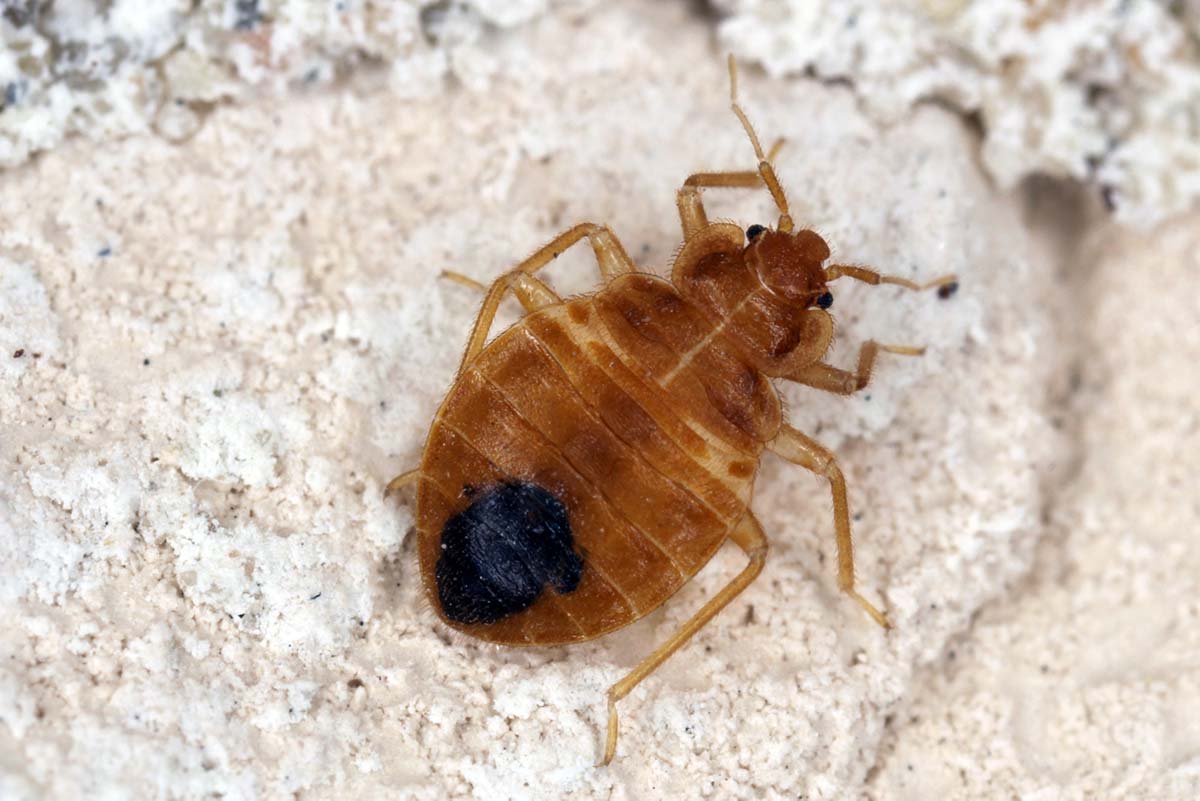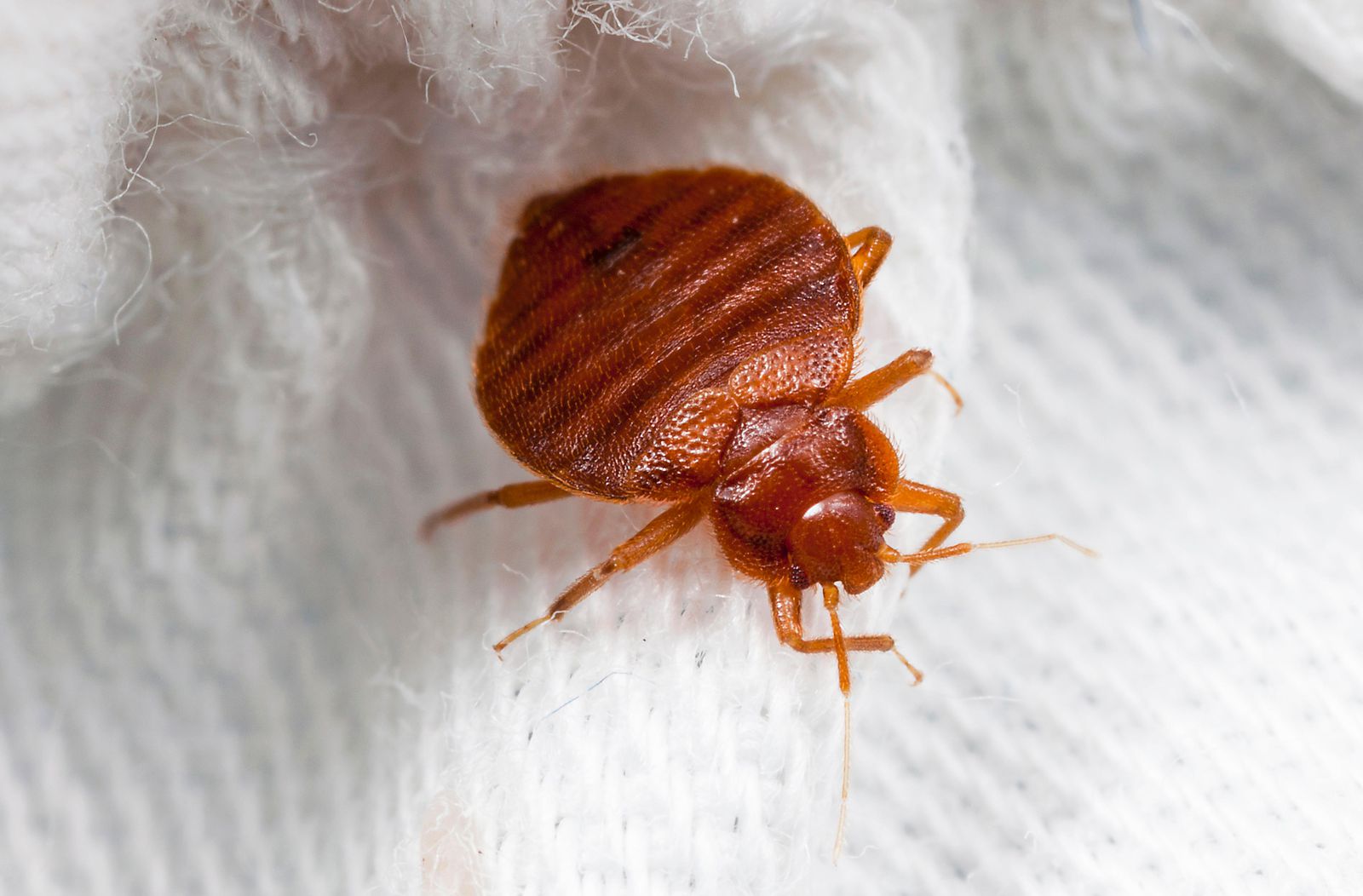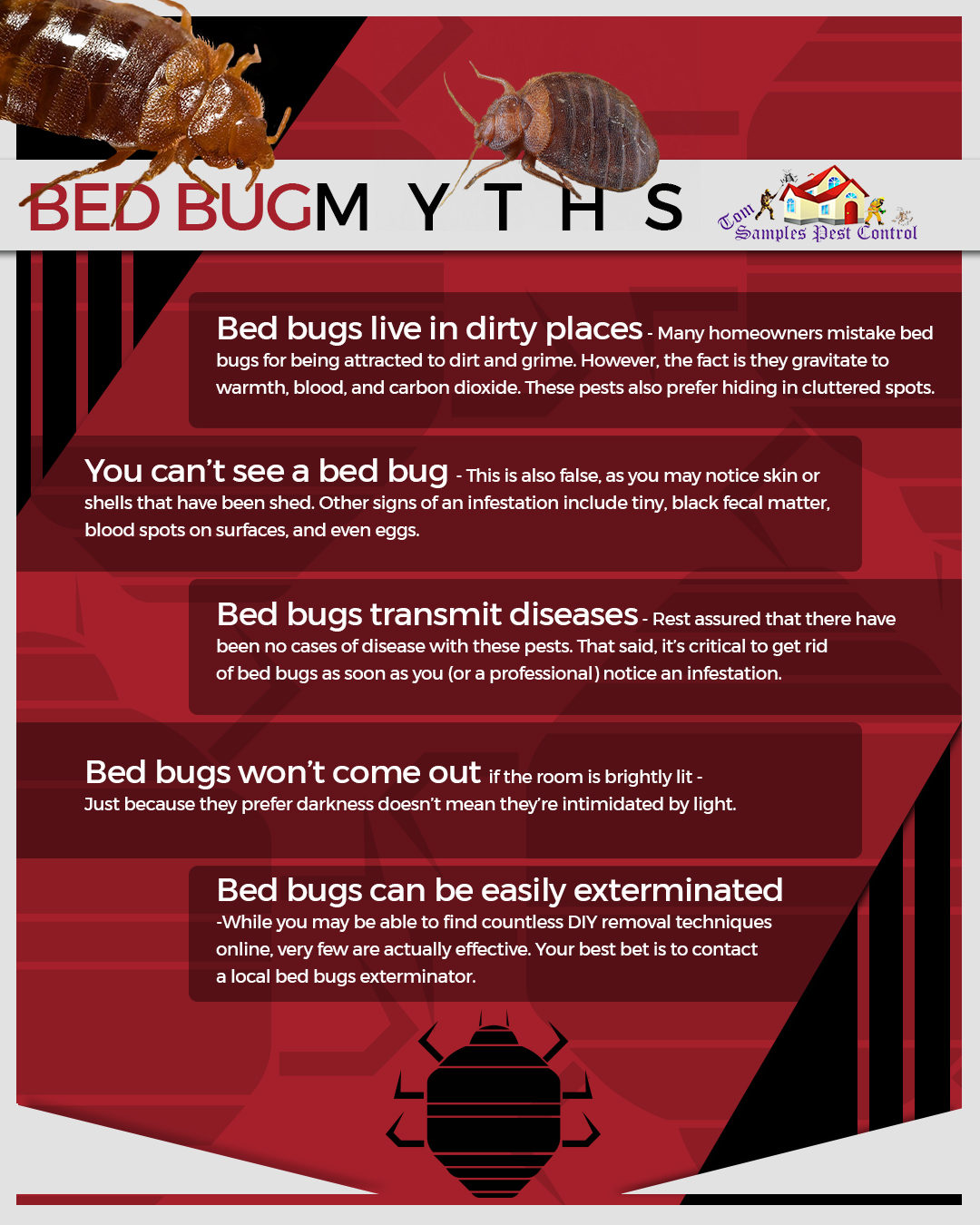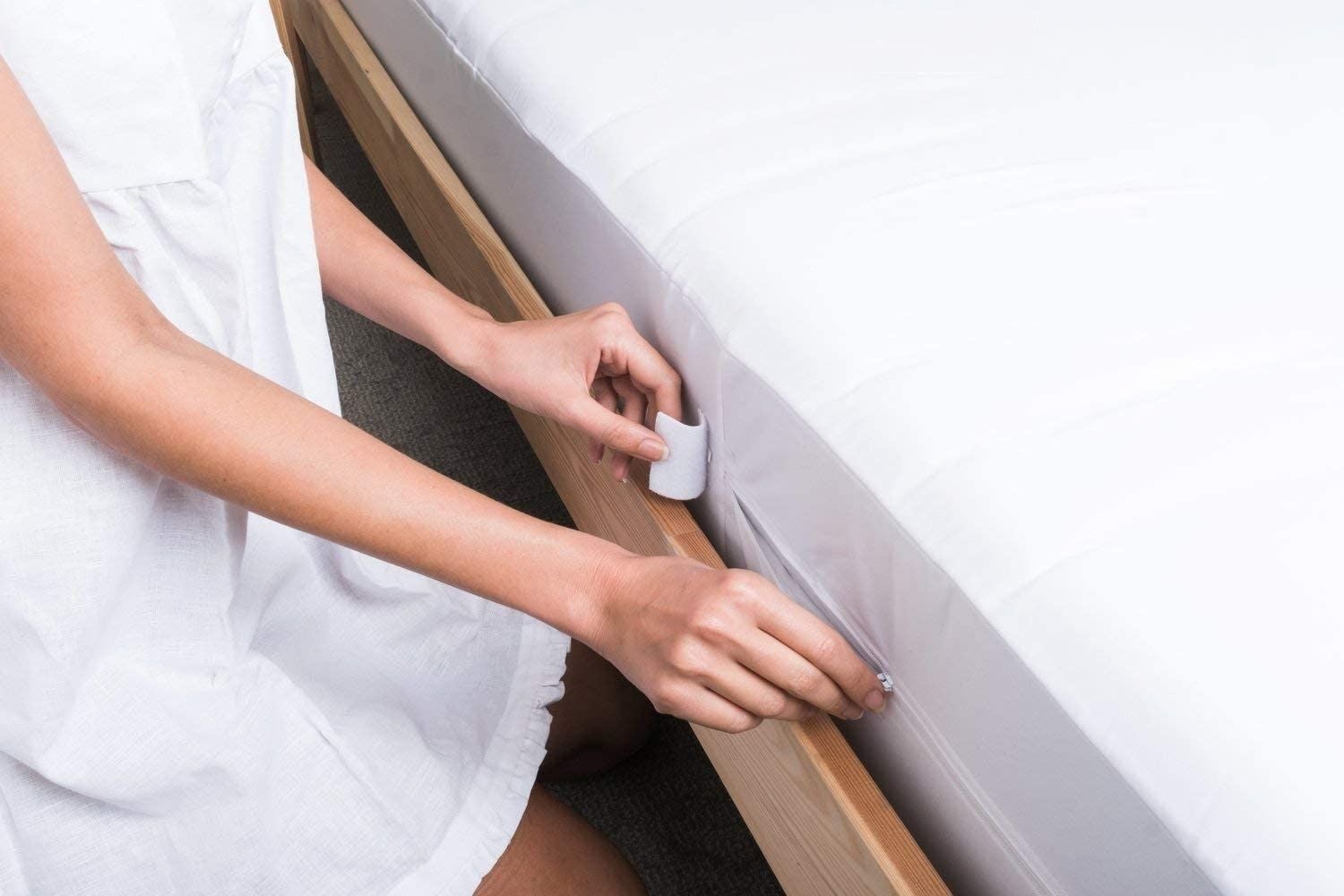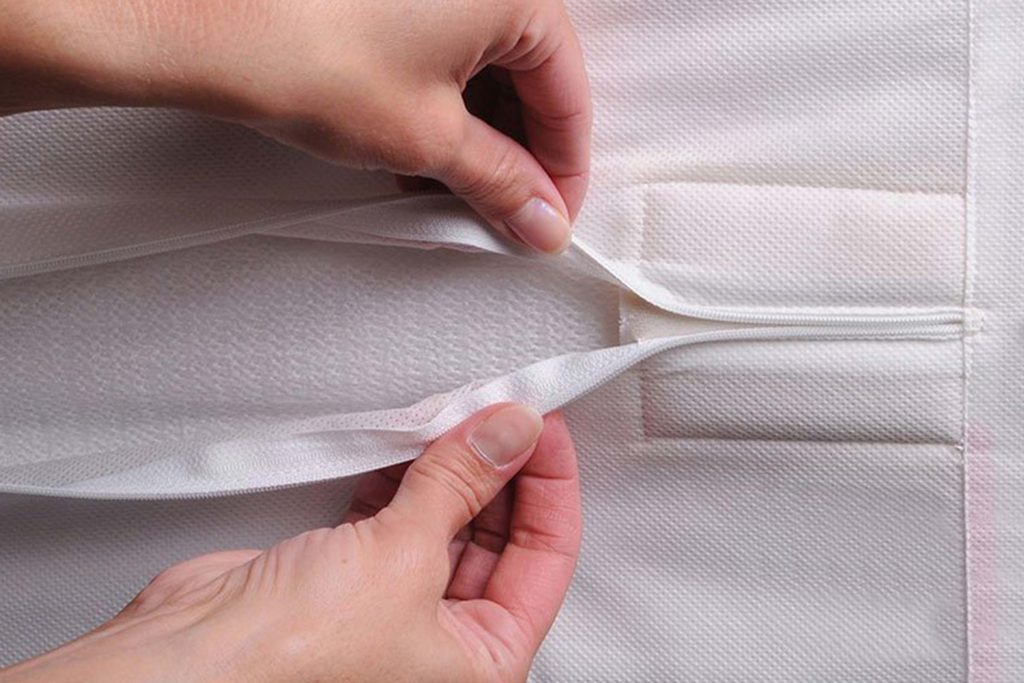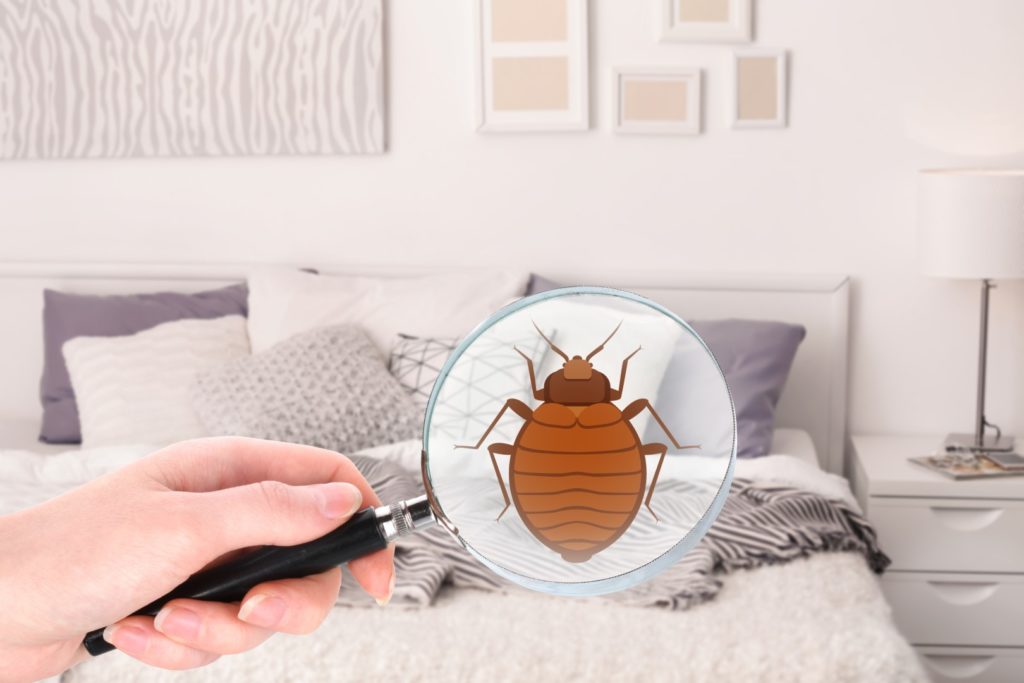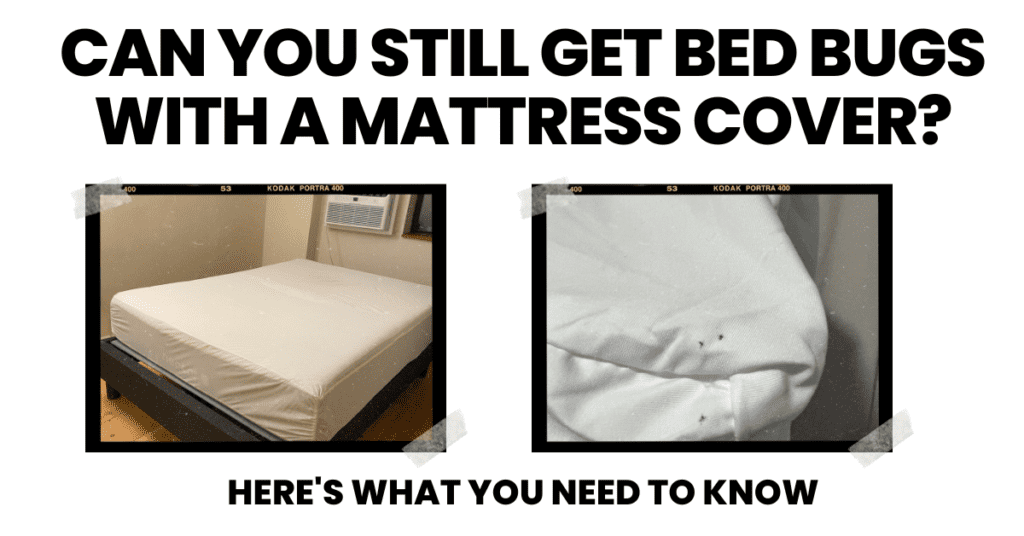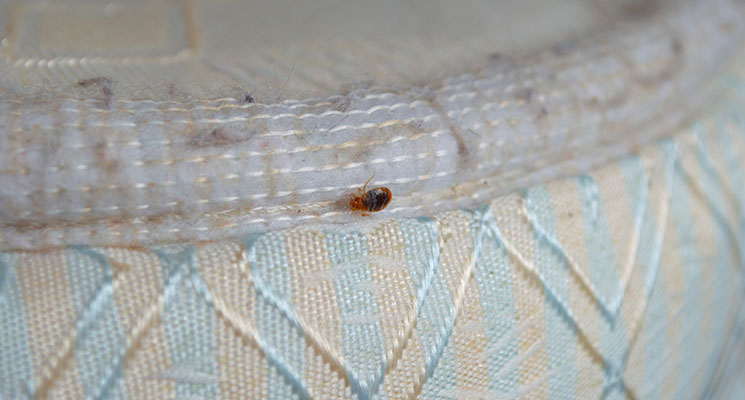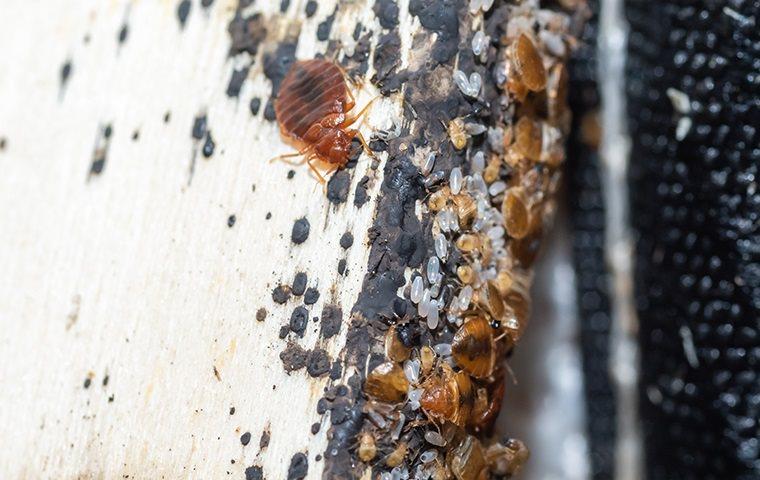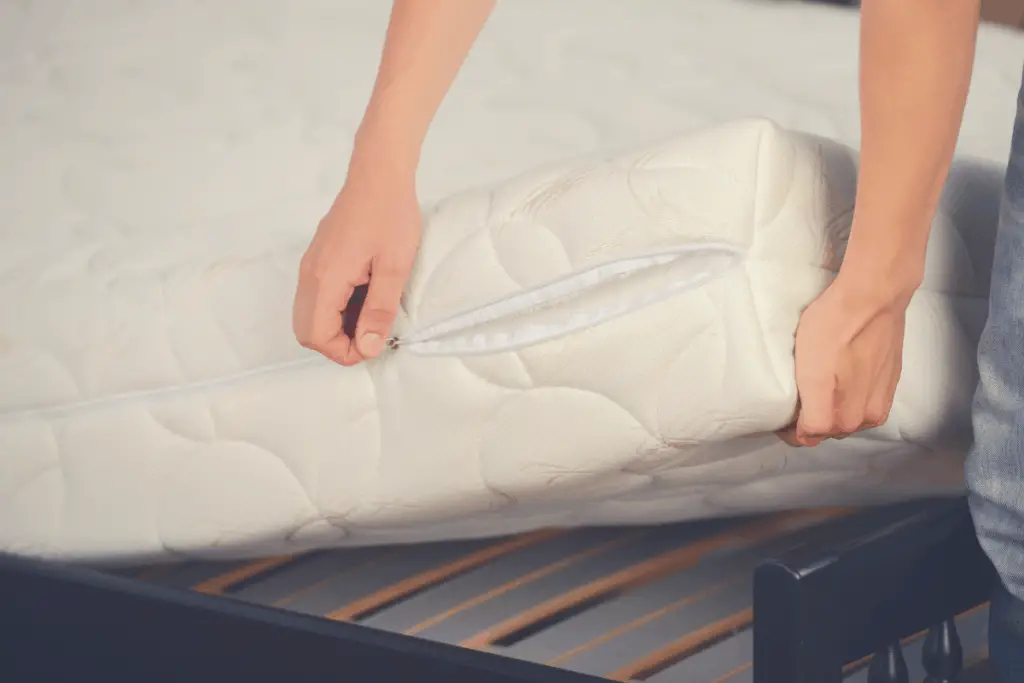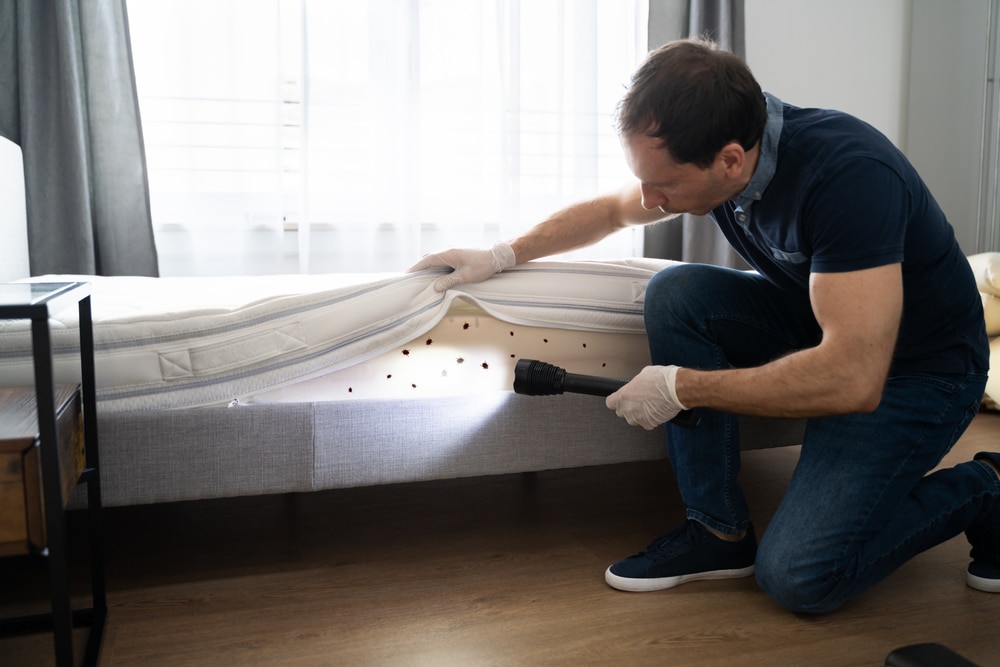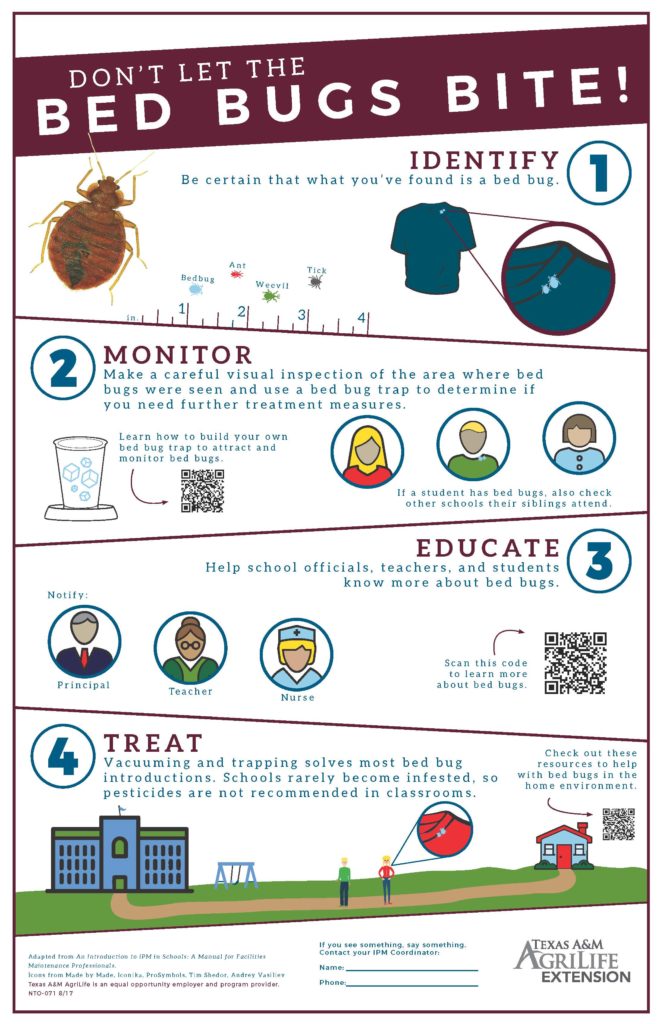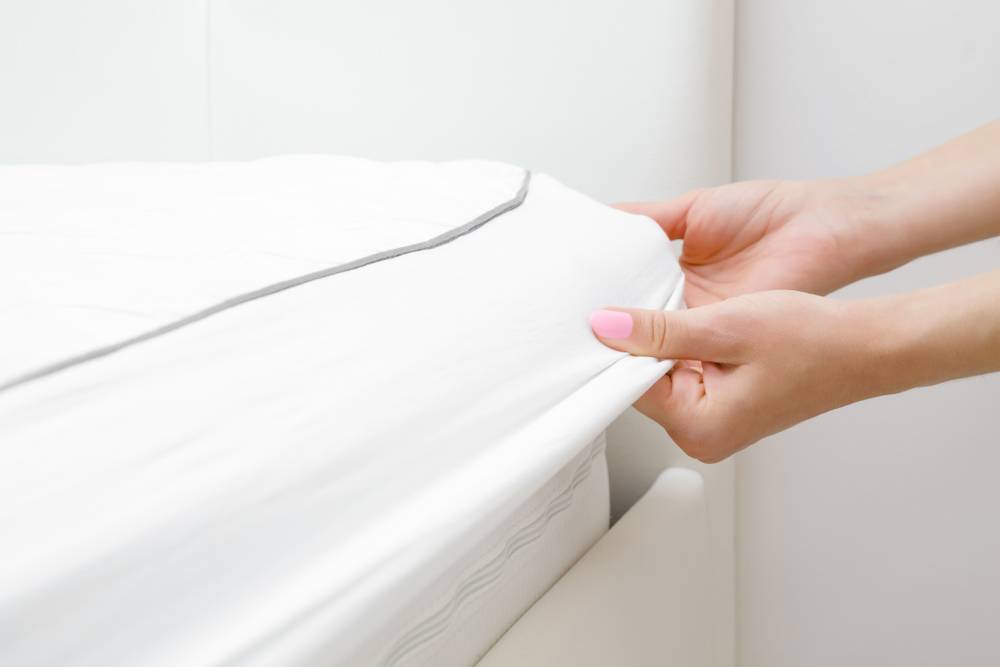Bed bugs are a common household pest that can cause discomfort and even health problems for those who are affected by them. If you want to protect yourself and your family from these pesky critters, one of the best ways to do so is by using mattress covers. But how exactly do you use mattress covers to prevent bed bugs? Let's take a closer look. First and foremost, it's important to understand that mattress covers alone may not be enough to completely prevent bed bugs. However, they can be an effective part of an overall bed bug prevention plan. The key is to use them correctly and in combination with other methods. When using a mattress cover for bed bug prevention, it's important to choose one that is specifically designed for this purpose. Look for covers that are labeled as "bed bug proof" or "bed bug encasements." These covers are made with special materials and have features like zipper closures and reinforced seams that make it difficult for bed bugs to enter or escape. Once you have the right mattress cover, it's time to put it on your bed. Start by removing all bedding, including sheets and pillowcases. This will ensure that the cover is in direct contact with your mattress, leaving no room for bed bugs to hide. Next, carefully place the cover over your mattress, making sure it is snug and secure. Pay close attention to corners and seams, as these are common entry points for bed bugs. Use the zipper to seal the cover shut, and then add your bedding back on top.1. How to Use Mattress Covers to Prevent Bed Bugs
Now that you know how to use mattress covers for bed bug prevention, let's discuss the benefits of doing so. First and foremost, mattress covers can act as a barrier between you and any existing bed bugs that may be hiding in your mattress. This can help prevent bites and discomfort while you're sleeping. Additionally, using mattress covers can make it easier to detect and treat any potential bed bug infestations. If you notice any signs of bed bugs, such as blood stains or fecal spots on your mattress cover, you can take immediate action to address the issue before it gets out of hand. Another benefit of using mattress covers is that they can help protect your mattress from wear and tear. Bed bugs can be difficult to remove once they have infested a mattress, and treatment methods like steam cleaning or pesticides can damage the fabric. By using a mattress cover, you can potentially avoid these costly and damaging treatments.2. The Benefits of Using Mattress Covers for Bed Bug Prevention
This is a common question that many people have when considering using mattress covers for bed bug prevention. The answer is yes, but with a caveat. As mentioned earlier, mattress covers alone may not be enough to completely prevent bed bugs. However, when used in combination with other methods, they can be an effective tool in keeping bed bugs at bay. It's important to remember that mattress covers are not a one-time solution. Just like any other method of bed bug prevention, they require regular maintenance and inspection. It's recommended to check your mattress cover every few months for any signs of bed bugs and replace it every 12-18 months. It's also worth noting that not all mattress covers are created equal. Some may be more effective than others in preventing bed bugs. It's important to do your research and choose a high-quality cover that is specifically designed for bed bug prevention.3. Do Mattress Covers Really Work to Keep Bed Bugs Away?
Now that you know the importance of choosing the right mattress cover for bed bug prevention, here are our top picks:4. The Top 5 Mattress Covers for Bed Bug Protection
There are a few different types of mattress covers that are commonly used for bed bug prevention. The most common are encasements, which completely cover the mattress and have a zipper closure to seal it shut. There are also protectors, which cover the top and sides of the mattress but typically do not have a zipper closure. When choosing a mattress cover, it's important to consider your individual needs and preferences. Encasements may provide more thorough protection, but they can also be more difficult to install and remove. Protectors may be easier to use, but they may not provide as much coverage.5. Understanding the Different Types of Mattress Covers for Bed Bugs
When shopping for a mattress cover for bed bug prevention, keep these tips in mind:6. Tips for Choosing the Best Mattress Cover to Prevent Bed Bugs
Installing a mattress cover may seem like a simple task, but there are a few important steps to follow to ensure that it is done correctly:7. How to Properly Install a Mattress Cover to Keep Bed Bugs Out
As mentioned earlier, mattress covers require regular maintenance to ensure they are still effective in preventing bed bugs. It's recommended to inspect your cover every few months and replace it every 12-18 months, or sooner if you notice any signs of bed bugs or damage. Regularly inspecting and replacing your mattress cover can help ensure that your bed bug prevention efforts are successful and that you and your family can sleep peacefully without the worry of bed bugs.8. The Importance of Regularly Inspecting and Replacing Mattress Covers for Bed Bug Prevention
There are a few common misconceptions about using mattress covers for bed bug prevention that are important to address:9. Common Misconceptions About Mattress Covers and Bed Bugs
While mattress covers can be an effective tool in preventing bed bugs, it's important to remember that they are just one piece of the puzzle. To truly protect yourself from bed bugs, it's important to have an overall prevention plan in place. This may include regularly inspecting your home for signs of bed bugs, using methods like heat treatment or pesticides to get rid of an infestation, and taking preventative measures such as vacuuming regularly and keeping clutter to a minimum. By using mattress covers as part of an overall bed bug prevention plan, you can help protect yourself and your family from the discomfort and frustration of dealing with these pesky pests.10. The Role of Mattress Covers in an Overall Bed Bug Prevention Plan
Why Mattress Covers Are Essential for Bed Bug Prevention

The Threat of Bed Bugs
 When it comes to creating a comfortable and inviting bedroom, we often focus on things like bedding, decor, and lighting. However, one thing that may not be at the top of our minds is the threat of bed bugs. These tiny insects can cause a lot of discomfort and anxiety, and once they infest your home, they can be extremely difficult to get rid of. That's why it's important to take preventative measures, such as using mattress covers, to keep these pesky pests at bay.
When it comes to creating a comfortable and inviting bedroom, we often focus on things like bedding, decor, and lighting. However, one thing that may not be at the top of our minds is the threat of bed bugs. These tiny insects can cause a lot of discomfort and anxiety, and once they infest your home, they can be extremely difficult to get rid of. That's why it's important to take preventative measures, such as using mattress covers, to keep these pesky pests at bay.
The Role of Mattress Covers
 Mattress covers are designed to encase your entire mattress, acting as a barrier between your body and the mattress itself. These covers are typically made of a material that is impenetrable to bed bugs, preventing them from being able to burrow into your mattress and make it their home. This is especially important because bed bugs are known to hide in the seams and crevices of mattresses, making them difficult to detect and eradicate.
Mattress covers are designed to encase your entire mattress, acting as a barrier between your body and the mattress itself. These covers are typically made of a material that is impenetrable to bed bugs, preventing them from being able to burrow into your mattress and make it their home. This is especially important because bed bugs are known to hide in the seams and crevices of mattresses, making them difficult to detect and eradicate.
Do Mattress Covers Really Work?
 Now, you may be wondering if these mattress covers actually work in preventing bed bugs. The answer is yes, but only if you choose the right one. Look for mattress covers that are specifically designed for bed bug prevention and are labeled as such. These covers are typically made of a thick, durable material that is difficult for bed bugs to penetrate. Additionally, make sure the cover is completely sealed and has a zipper closure, as this will prevent any gaps or openings where bed bugs can sneak in.
Now, you may be wondering if these mattress covers actually work in preventing bed bugs. The answer is yes, but only if you choose the right one. Look for mattress covers that are specifically designed for bed bug prevention and are labeled as such. These covers are typically made of a thick, durable material that is difficult for bed bugs to penetrate. Additionally, make sure the cover is completely sealed and has a zipper closure, as this will prevent any gaps or openings where bed bugs can sneak in.
The Benefits of Using Mattress Covers
 Aside from preventing bed bugs, using mattress covers also has other benefits. They can help prolong the lifespan of your mattress by protecting it from spills, stains, and general wear and tear. They also act as a barrier against allergens, such as dust mites, which can be a major concern for those with allergies or asthma. And let's not forget the added peace of mind knowing that your mattress is protected from any potential bed bug infestations.
Aside from preventing bed bugs, using mattress covers also has other benefits. They can help prolong the lifespan of your mattress by protecting it from spills, stains, and general wear and tear. They also act as a barrier against allergens, such as dust mites, which can be a major concern for those with allergies or asthma. And let's not forget the added peace of mind knowing that your mattress is protected from any potential bed bug infestations.
Final Thoughts
 In conclusion, mattress covers are an essential tool in preventing bed bugs from infesting your home. By investing in a high-quality, bed bug-proof cover, you can protect your mattress and your overall well-being. Don't let the threat of bed bugs keep you up at night – take the necessary precautions and rest easy knowing your mattress is protected.
In conclusion, mattress covers are an essential tool in preventing bed bugs from infesting your home. By investing in a high-quality, bed bug-proof cover, you can protect your mattress and your overall well-being. Don't let the threat of bed bugs keep you up at night – take the necessary precautions and rest easy knowing your mattress is protected.


